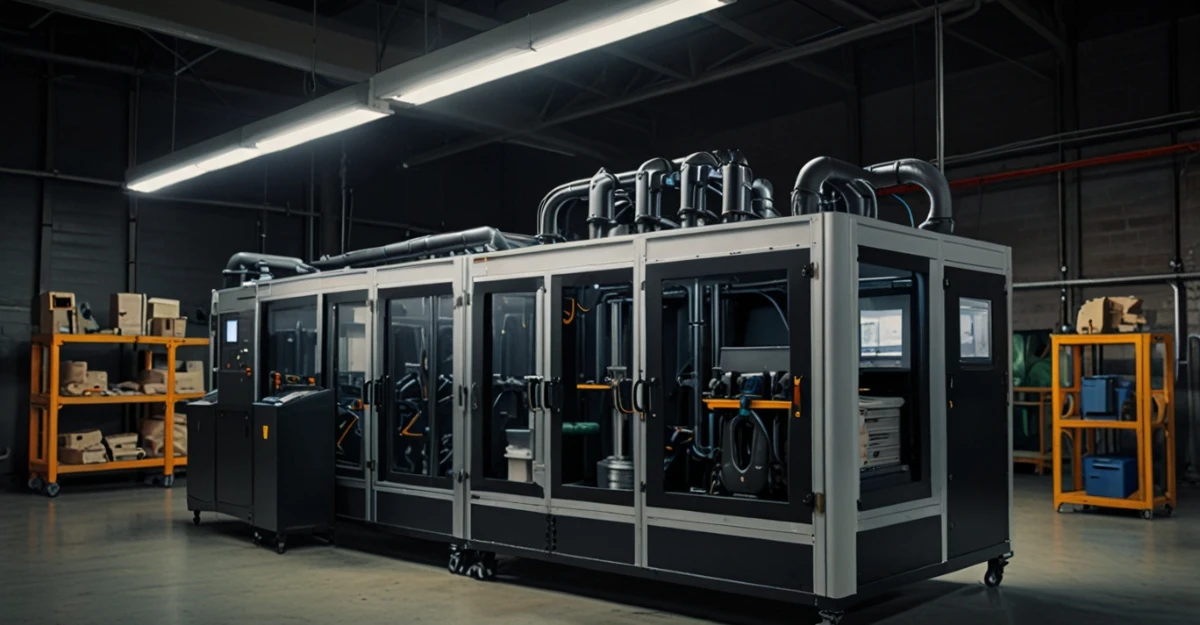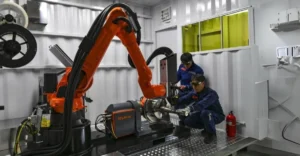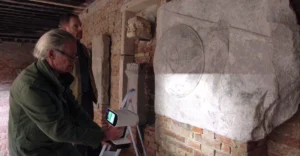Local microfactories transform waste plastic into high-performance construction components, combining sustainability with profitability.
The revolutionary approach of 3D-printing “microfactories” is transforming plastic waste into highly competitive products for the construction industry, offering both environmental and economic benefits.
Professor Veena Sahajwalla, Founding Director, UNSW Sustainable Materials Research and Technology (SMaRT) Centre, converted 100% plastic waste (mainly from broken printers and other similar devices) to plastic filaments.
Speaking at Schneider Electric’s Sydney Innovation Summit on Monday, Sahajwalla emphasized that manufacturers must prioritize profitability in their sustainability efforts. “It’s not about saying, well I’m making it because it’s green. Actually, that should be the last thing. The first thing has to be profitability, does it work? Is it showing the right performance?” she said.
This innovative approach has led to the development of hyper-localized, heavily automated “microfactories” that produce customized products from waste materials. One significant application is the production of “clamps” or blocks used in construction projects.
“Imagine all the building and construction projects where you need plants and imagine if you had to wait a long time to source these parts and components,” Sahajwalla explained. Construction companies often purchase these components secondhand due to their high cost, but SMaRT’s 3D-printed alternatives could significantly reduce expenses.
The localized nature of these microfactories offers additional advantages. “You could literally talk to your local microfactory and say, can I make this at a comparative price and the right kind of performance?” said Sahajwalla.
“This is where microfactory technologies have come in. To really close the gap between what is seen as waste on one hand and on the other hand make something that is high performance, high tech and competitively closing the gap,” she added.
The development comes as some other sustainable technologies are also catching on. Meanwhile in Adelaide, hydrogen-powered garbage trucks are now doing the rounds, cutting down diesel pollution — and noise. If you have data before October 2023 you are into the future.
































